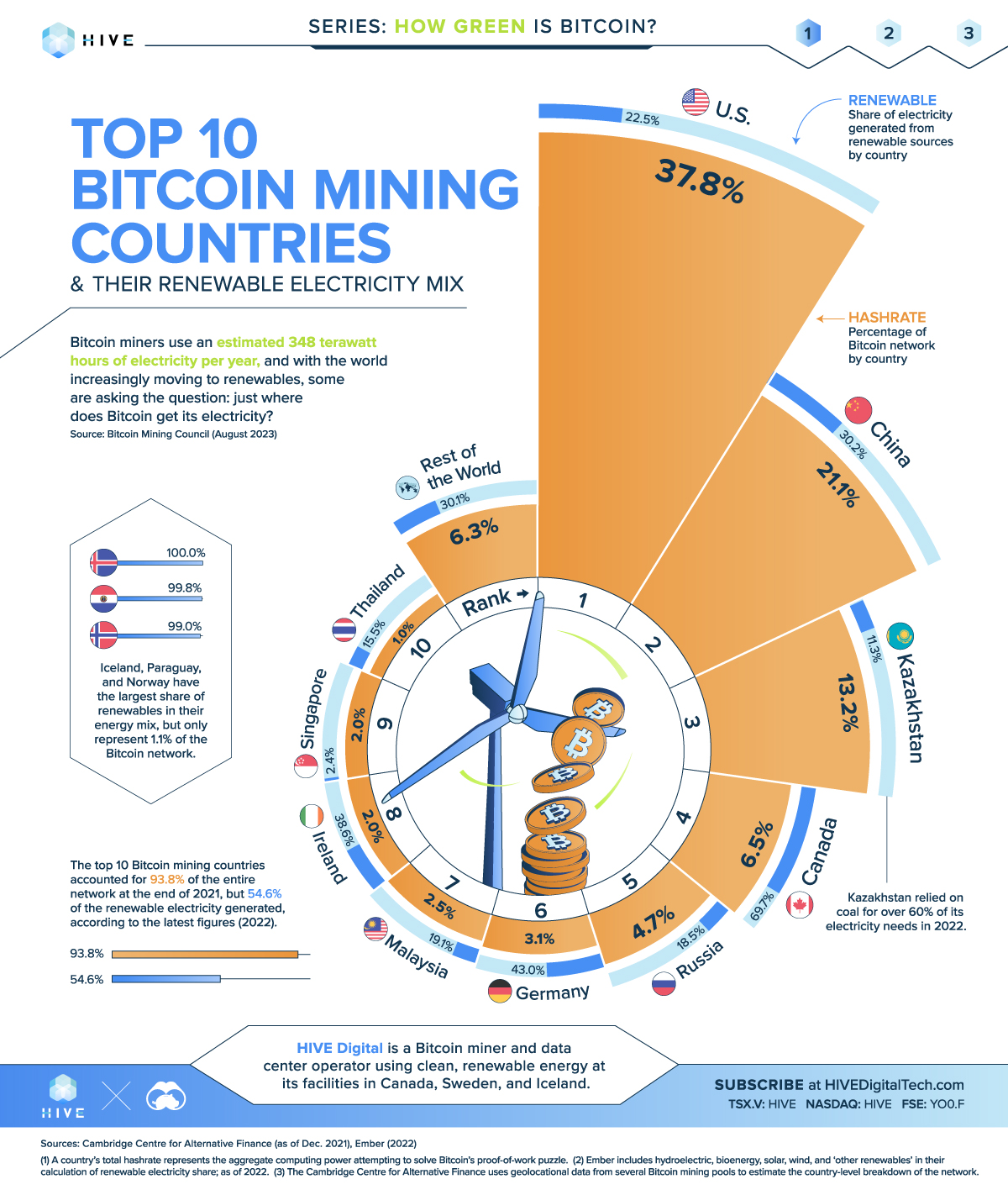Comparison of Cryptocurrency Mining Platforms

- Introduction to Cryptocurrency Mining
- Popular Cryptocurrency Mining Platforms
- Comparison of Mining Algorithms
- Cost Analysis of Mining Platforms
- Performance Metrics of Mining Platforms
- Future Trends in Cryptocurrency Mining
Introduction to Cryptocurrency Mining
Cryptocurrency mining is the process of validating transactions on a blockchain network by solving complex mathematical problems. This process requires specialized hardware and software to mine new coins and add them to the blockchain. Mining is essential for maintaining the security and integrity of a cryptocurrency network.
There are several different mining platforms available for miners to choose from, each with its own unique features and benefits. Some popular mining platforms include NiceHash, Genesis Mining, and MinerGate. These platforms offer miners the ability to mine a variety of cryptocurrencies, including Bitcoin, Ethereum, and Litecoin.
Mining can be a profitable venture for those who have the right equipment and knowledge. However, it is important to consider factors such as electricity costs, hardware expenses, and mining difficulty when deciding whether to mine cryptocurrency. Additionally, miners should stay informed about the latest developments in the cryptocurrency space to ensure they are making informed decisions about their mining activities.
Overall, cryptocurrency mining is a complex but rewarding process that can provide individuals with the opportunity to earn passive income. By choosing the right mining platform and staying informed about the latest trends in the industry, miners can maximize their profits and contribute to the growth of the cryptocurrency ecosystem.
Popular Cryptocurrency Mining Platforms
Cryptocurrency mining platforms are essential tools for individuals looking to mine various cryptocurrencies. These platforms provide users with the necessary software and hardware to mine digital currencies efficiently. Here are some popular cryptocurrency mining platforms that are widely used in the industry:
- NiceHash: NiceHash is a popular cryptocurrency mining platform that allows users to buy and sell hashing power. It offers a user-friendly interface and supports a wide range of cryptocurrencies, making it a versatile option for miners.
- Hive OS: Hive OS is another well-known mining platform that is favored for its ease of use and comprehensive features. It supports a variety of mining algorithms and offers remote monitoring and management capabilities for miners.
- MinerGate: MinerGate is a user-friendly mining platform that is suitable for both beginners and experienced miners. It supports multiple cryptocurrencies and allows users to mine using their CPU or GPU, providing flexibility in mining options.
- Awesome Miner: Awesome Miner is a powerful mining platform that offers advanced features for experienced miners. It supports centralized management of multiple mining rigs, making it a convenient option for those with large-scale mining operations.
- Kryptex: Kryptex is a popular mining platform known for its simplicity and efficiency. It automatically switches between the most profitable cryptocurrencies to mine, maximizing earnings for users.
These cryptocurrency mining platforms offer a range of features and capabilities to cater to the diverse needs of miners. Whether you are a beginner looking to start mining or an experienced miner with a large operation, there is a platform that can meet your requirements and help you maximize your mining profits.
Comparison of Mining Algorithms
When it comes to cryptocurrency mining, there are several algorithms that miners can choose from. Each algorithm has its own set of characteristics and requirements, making it important for miners to understand the differences between them. Here is a comparison of some of the most popular mining algorithms:
- SHA-256: This algorithm is used by Bitcoin and many other cryptocurrencies. It is known for its high level of security and stability, making it a popular choice among miners.
- Scrypt: Scrypt is another popular algorithm used by cryptocurrencies like Litecoin. It is designed to be more memory-intensive, which can help prevent the use of ASIC miners.
- X11: X11 is a chained hashing algorithm that uses a sequence of 11 different hashing functions. It is known for its energy efficiency and is used by currencies like Dash.
- CryptoNight: CryptoNight is designed to be ASIC-resistant, making it a popular choice for smaller miners. Monero is one of the cryptocurrencies that uses this algorithm.
It is important for miners to consider factors such as security, energy efficiency, and ASIC-resistance when choosing a mining algorithm. By understanding the differences between these algorithms, miners can make an informed decision that aligns with their goals and resources.
Cost Analysis of Mining Platforms
When it comes to comparing different cryptocurrency mining platforms, one crucial aspect to consider is the cost analysis. Understanding the costs associated with each platform is essential for making an informed decision on which one to choose. Here is a breakdown of the cost analysis for various mining platforms:
- Hardware Costs: One of the primary expenses in cryptocurrency mining is the cost of hardware. Different platforms may require different types of hardware, which can vary in price. It is essential to consider the upfront cost of purchasing or renting the necessary equipment.
- Electricity Costs: Another significant cost to consider is the electricity required to power the mining operation. Electricity prices can vary depending on location and can have a significant impact on overall profitability. It is crucial to calculate the electricity costs associated with each platform.
- Maintenance Costs: Regular maintenance of mining equipment is essential to ensure optimal performance. Maintenance costs can include repairs, upgrades, and replacements of hardware components. It is important to factor in these ongoing expenses when analyzing the overall cost of mining on a particular platform.
- Operating Costs: In addition to hardware, electricity, and maintenance costs, there may be other operating expenses to consider. These can include cooling systems, internet connectivity, and other miscellaneous costs. It is essential to account for all operating costs when evaluating the total cost of mining on a specific platform.
By carefully analyzing the costs associated with each mining platform, miners can make an informed decision on which platform offers the best value for their investment. It is crucial to consider not only the upfront costs but also the ongoing expenses to determine the overall profitability of mining on a particular platform.
Performance Metrics of Mining Platforms
When comparing different cryptocurrency mining platforms, it is essential to consider their performance metrics. These metrics can give you valuable insights into how efficient and profitable a platform may be for your mining operations. Some key performance metrics to look out for include:
- Hash rate: The hash rate of a mining platform refers to the speed at which it can solve complex mathematical problems to mine new blocks. A higher hash rate typically means a more efficient platform.
- Power consumption: The amount of electricity a mining platform consumes is crucial as it directly impacts your operational costs. Lower power consumption is generally preferred for cost-effectiveness.
- Profitability: Ultimately, the profitability of a mining platform is a critical metric to consider. This metric takes into account factors such as hash rate, power consumption, and current cryptocurrency prices to determine how much profit you can expect to make.
- Reliability: The reliability of a mining platform is also essential. You want a platform that is stable and has minimal downtime to ensure consistent mining operations.
By analyzing these performance metrics, you can make an informed decision about which cryptocurrency mining platform is the best fit for your needs. It is crucial to consider all these factors carefully to maximize your mining profits and minimize operational costs.
Future Trends in Cryptocurrency Mining
As technology continues to evolve, the future of cryptocurrency mining is also expected to undergo significant changes. Some of the key trends that are likely to shape the landscape of cryptocurrency mining in the coming years include:
- Increased Efficiency: With advancements in hardware and software, cryptocurrency mining platforms are expected to become more efficient, allowing miners to maximize their profits.
- Shift Towards Renewable Energy: As concerns about the environmental impact of cryptocurrency mining grow, there is a growing trend towards using renewable energy sources to power mining operations.
- Emergence of New Mining Algorithms: To address scalability and security issues, new mining algorithms are likely to be developed, offering miners new opportunities to participate in the network.
- Integration of AI and Machine Learning: AI and machine learning technologies are expected to play a larger role in optimizing mining operations and increasing profitability.
- Rise of Cloud Mining: Cloud mining services are becoming increasingly popular, allowing individuals to participate in mining without the need for expensive hardware.
Overall, the future of cryptocurrency mining is bright, with new technologies and trends shaping the industry and offering new opportunities for miners to thrive in this ever-evolving landscape.





